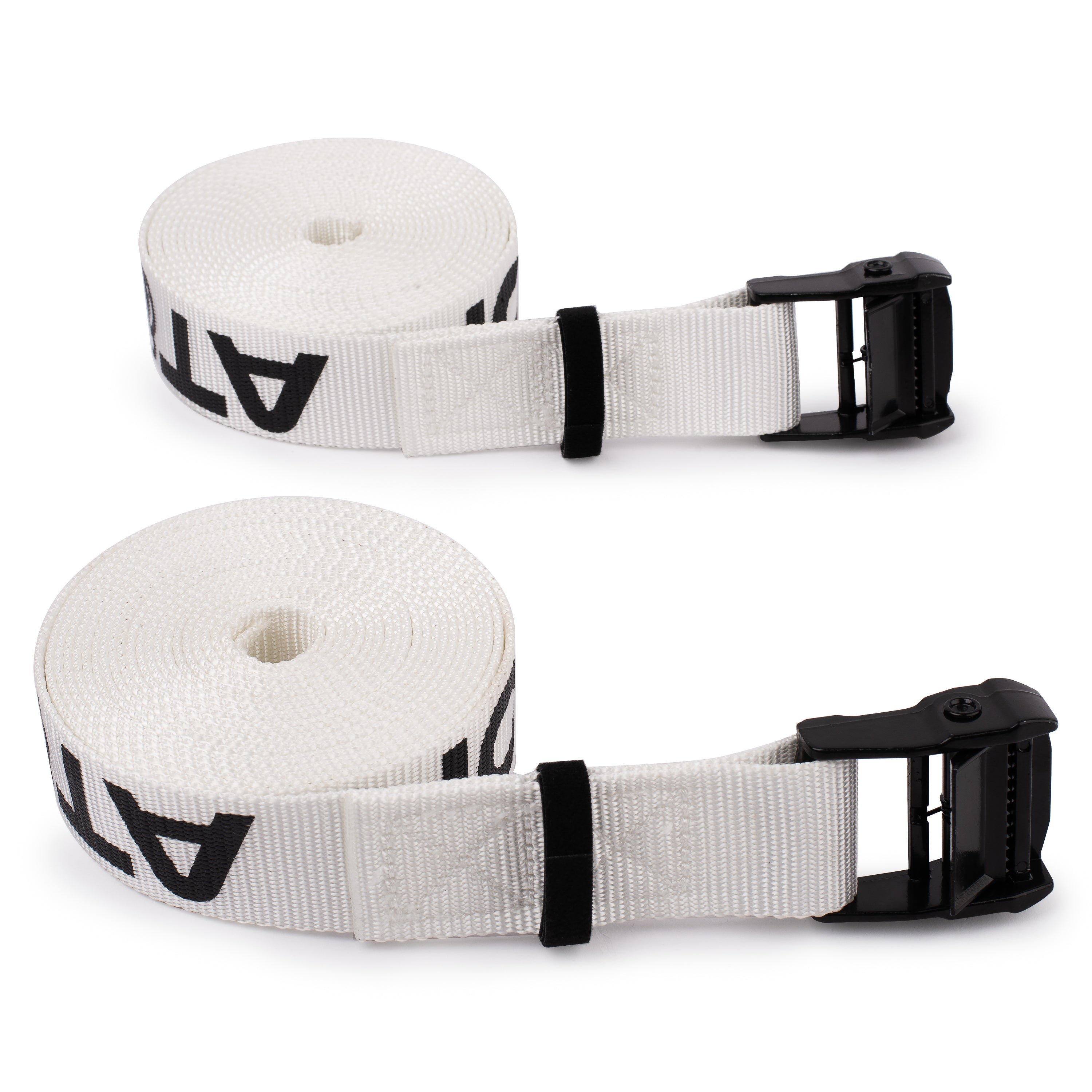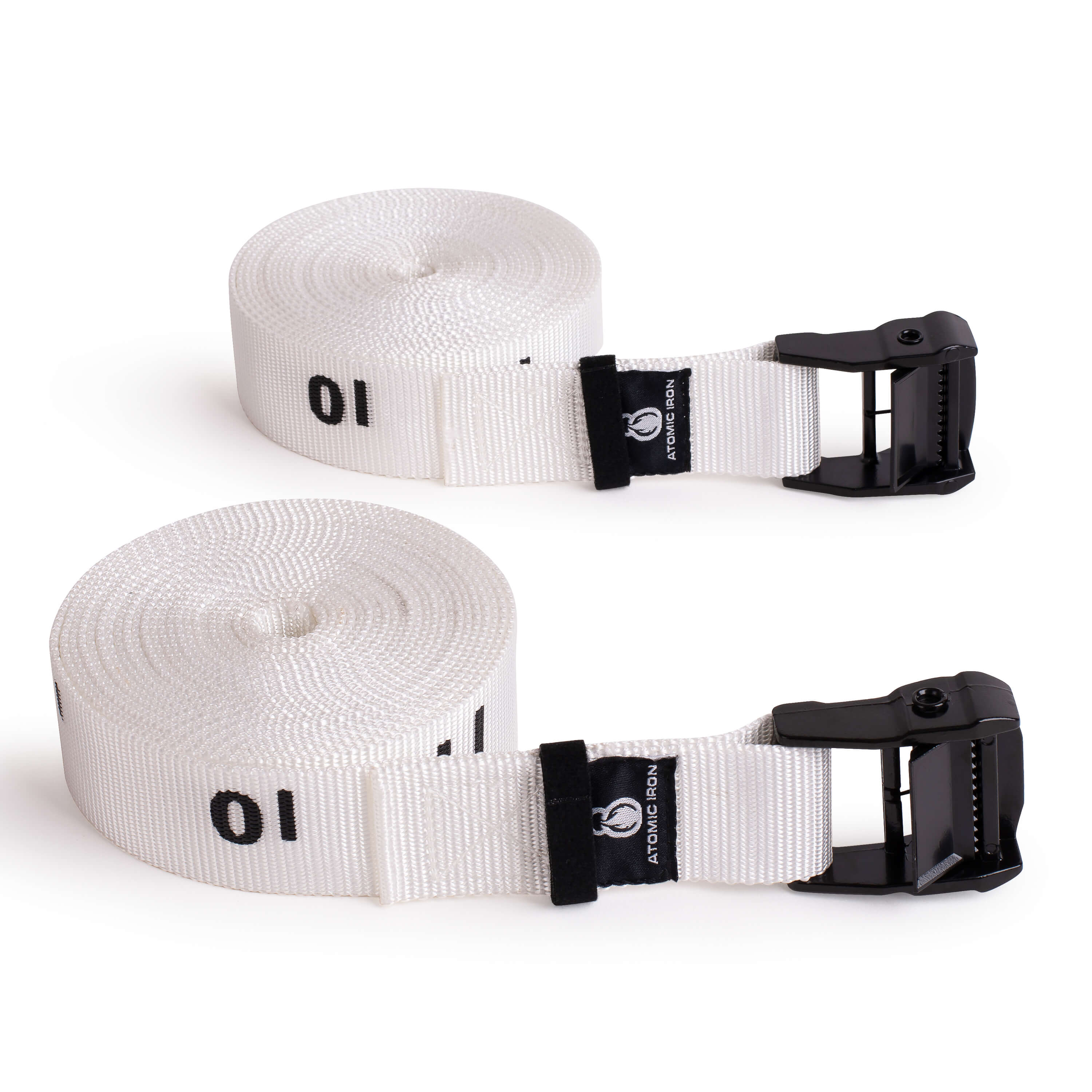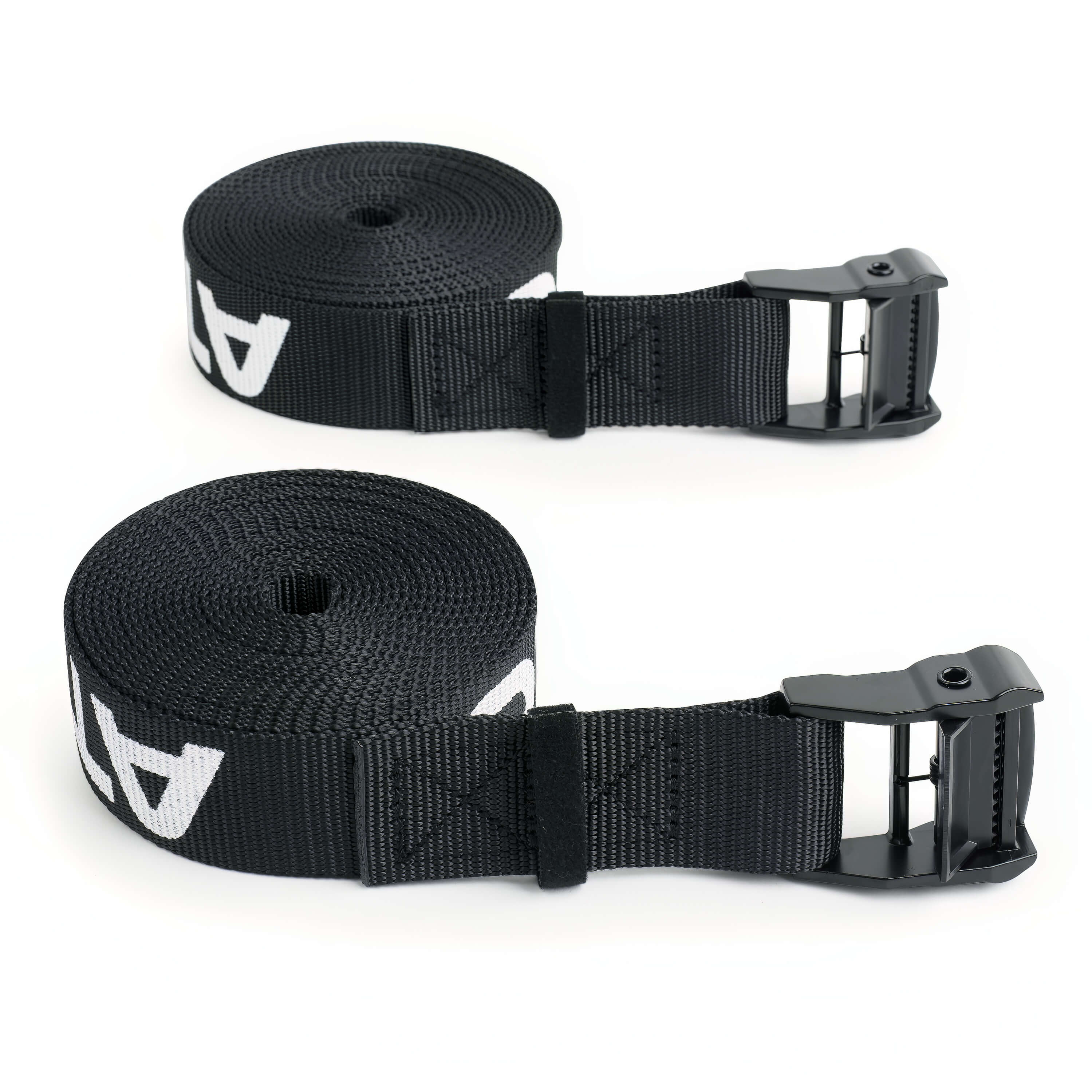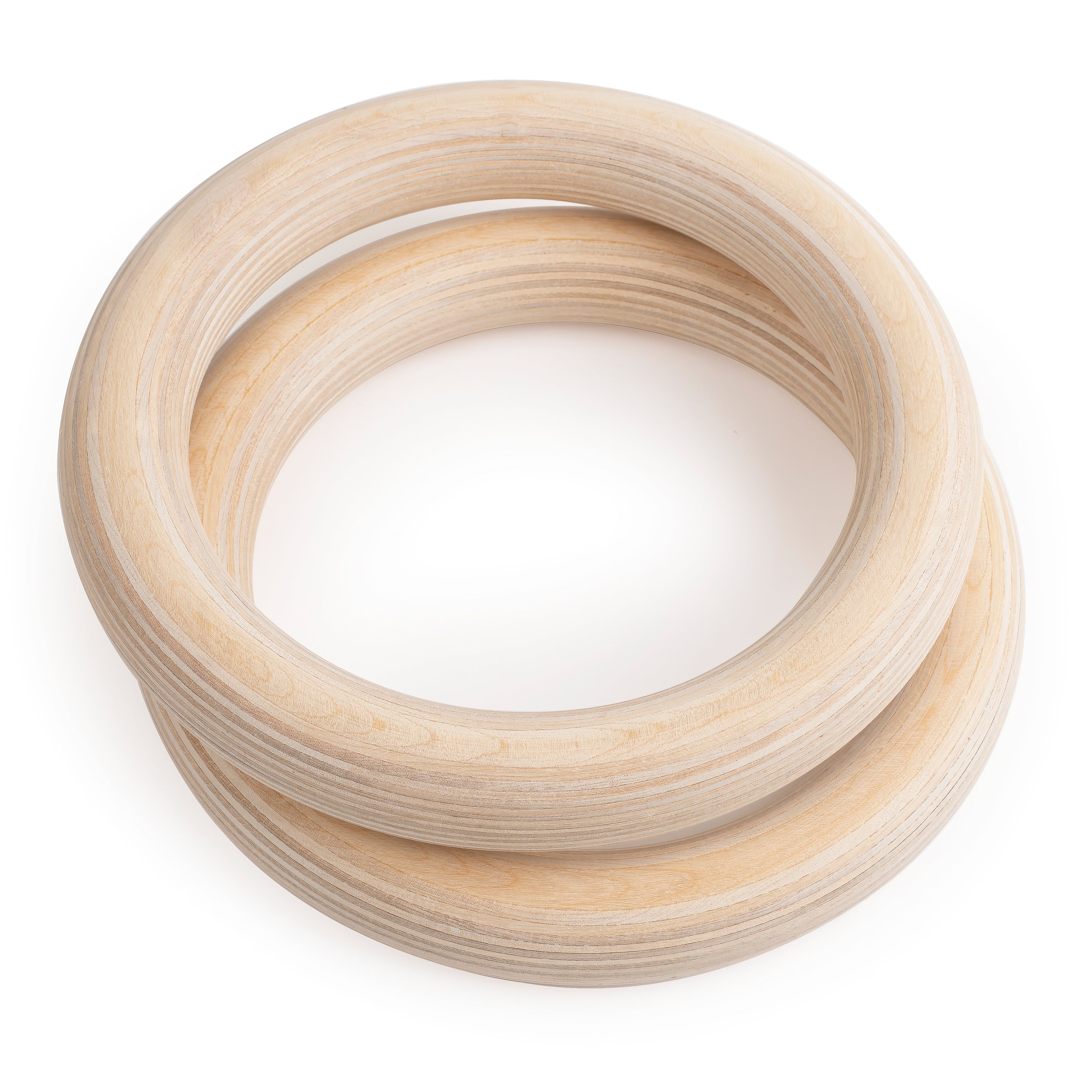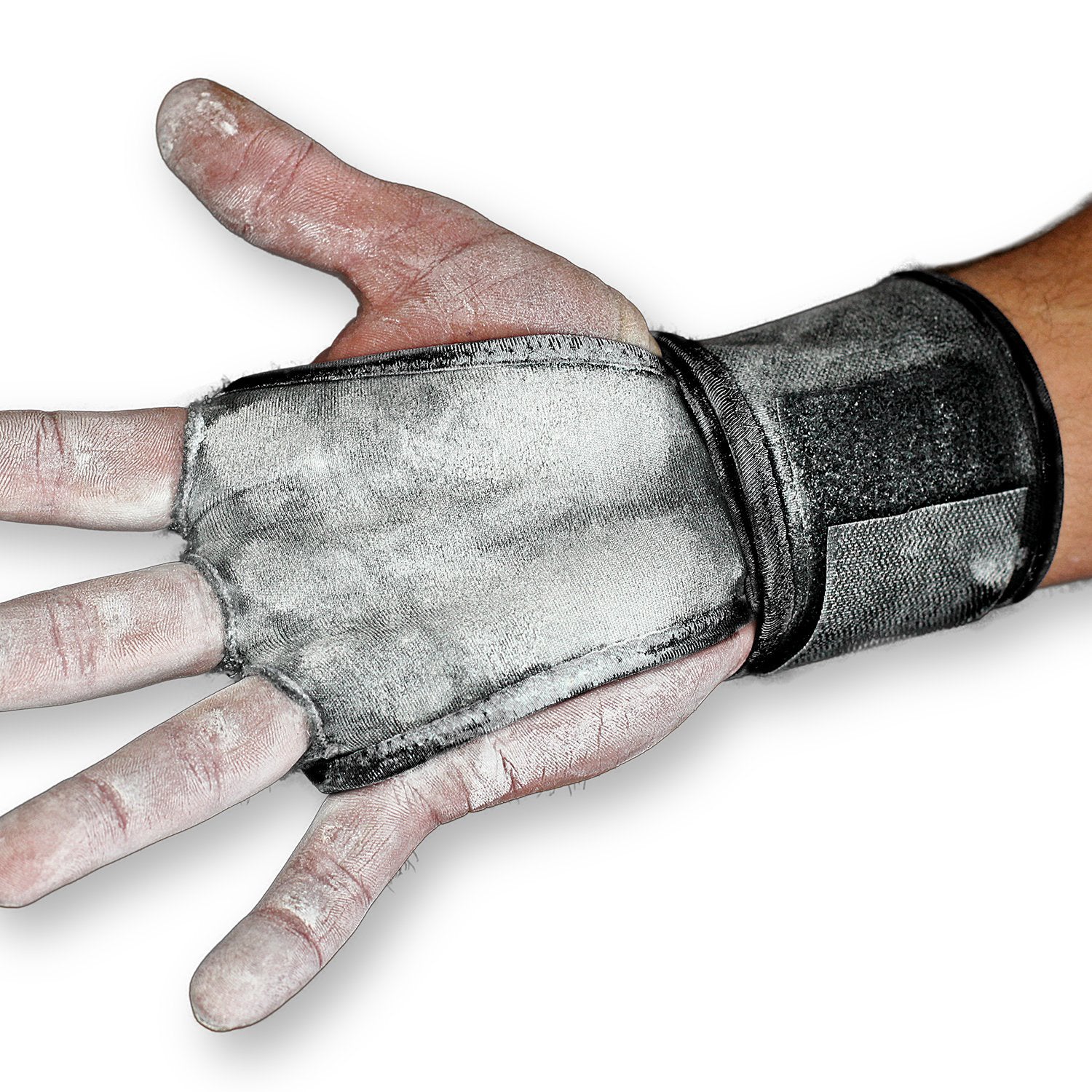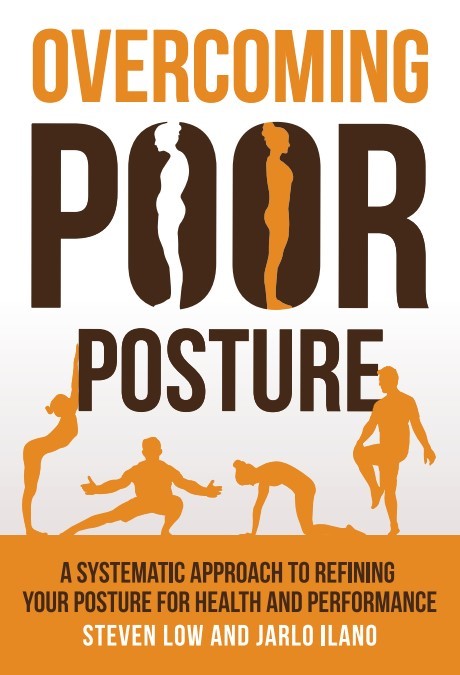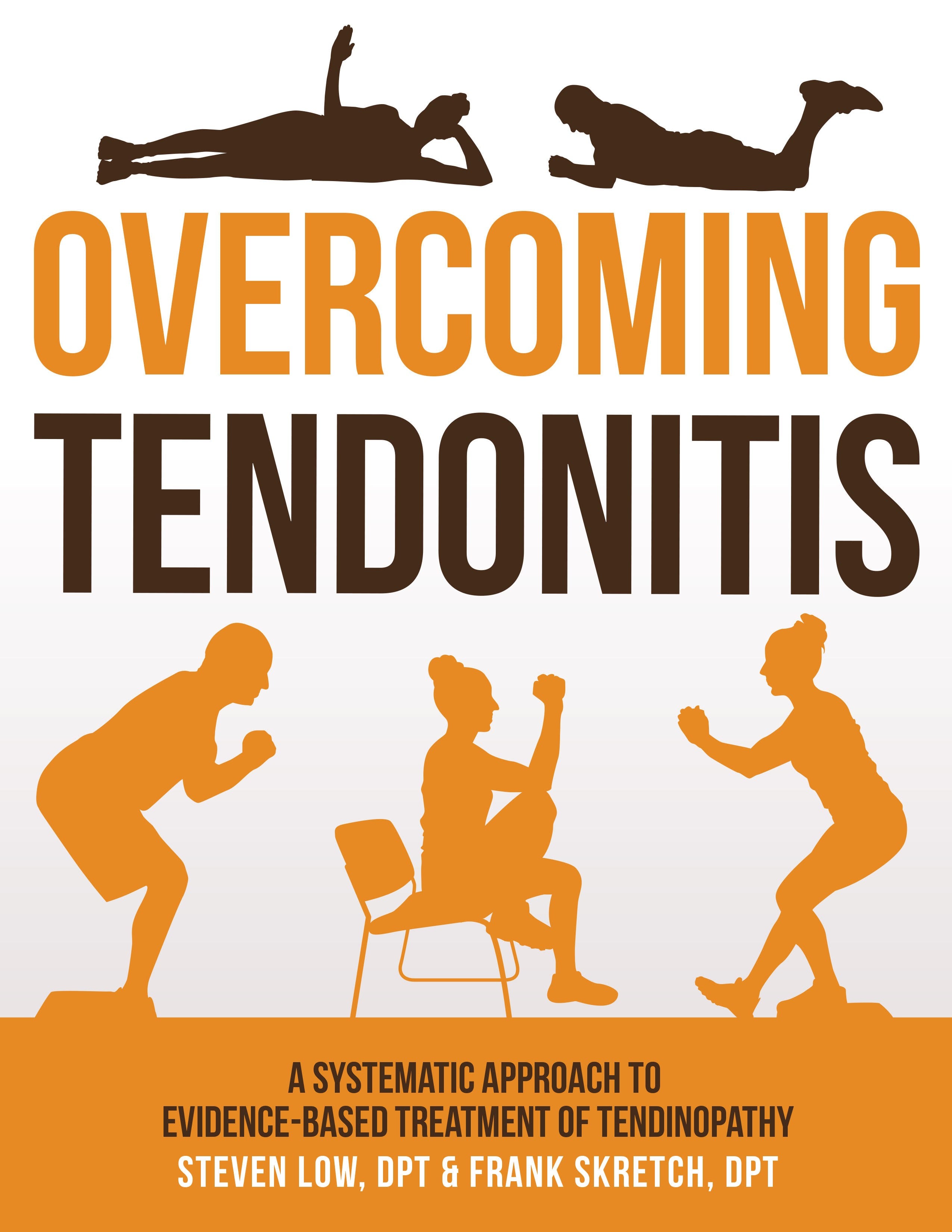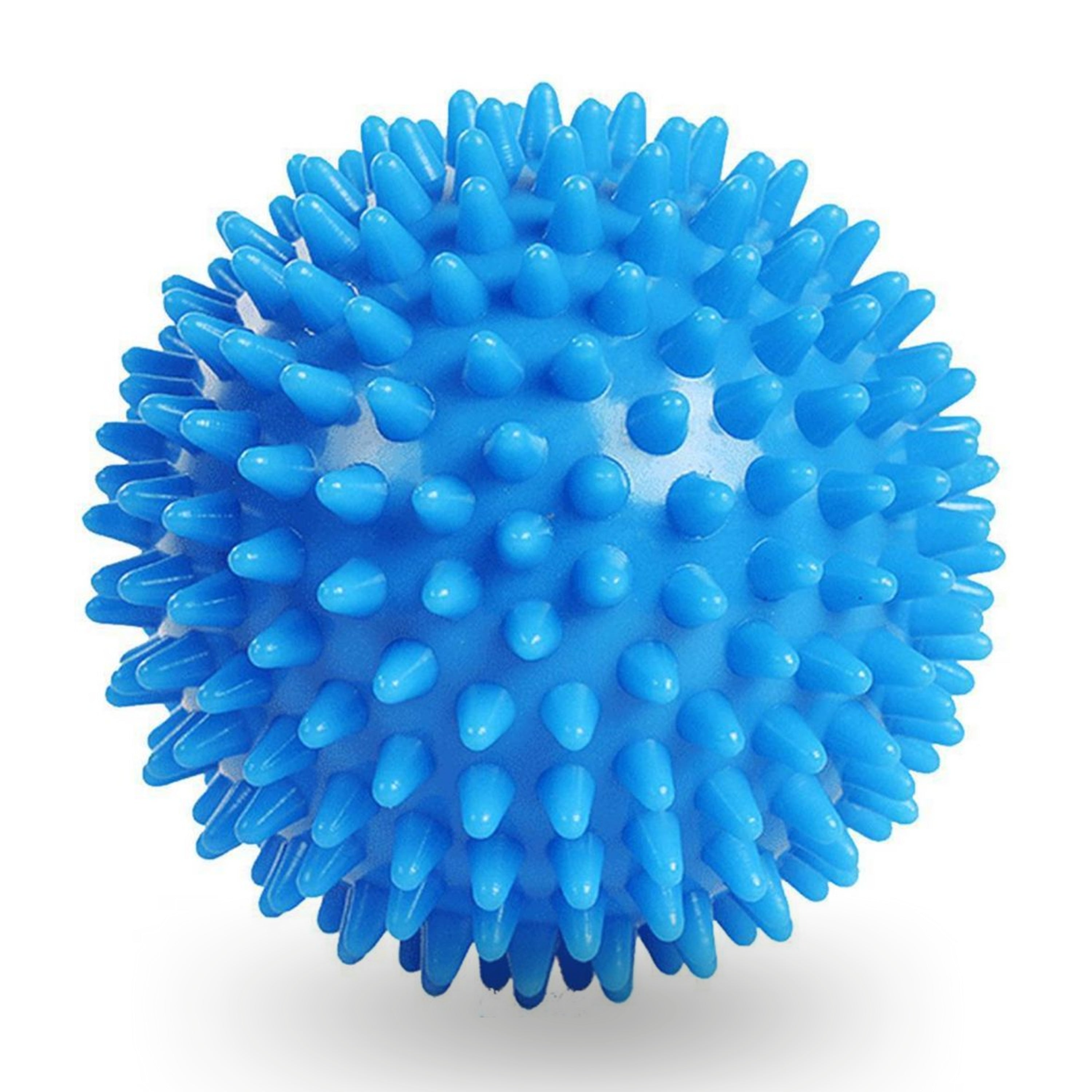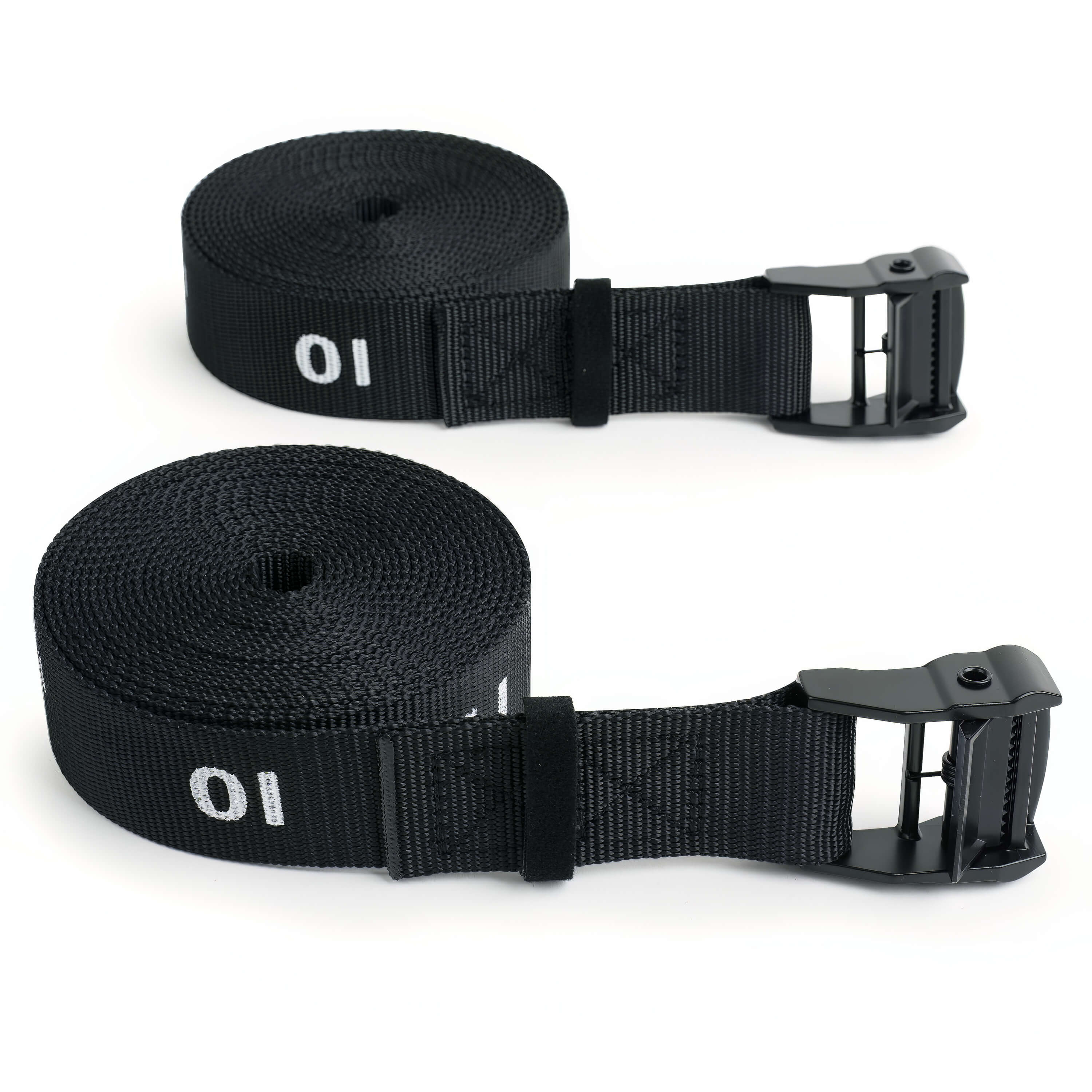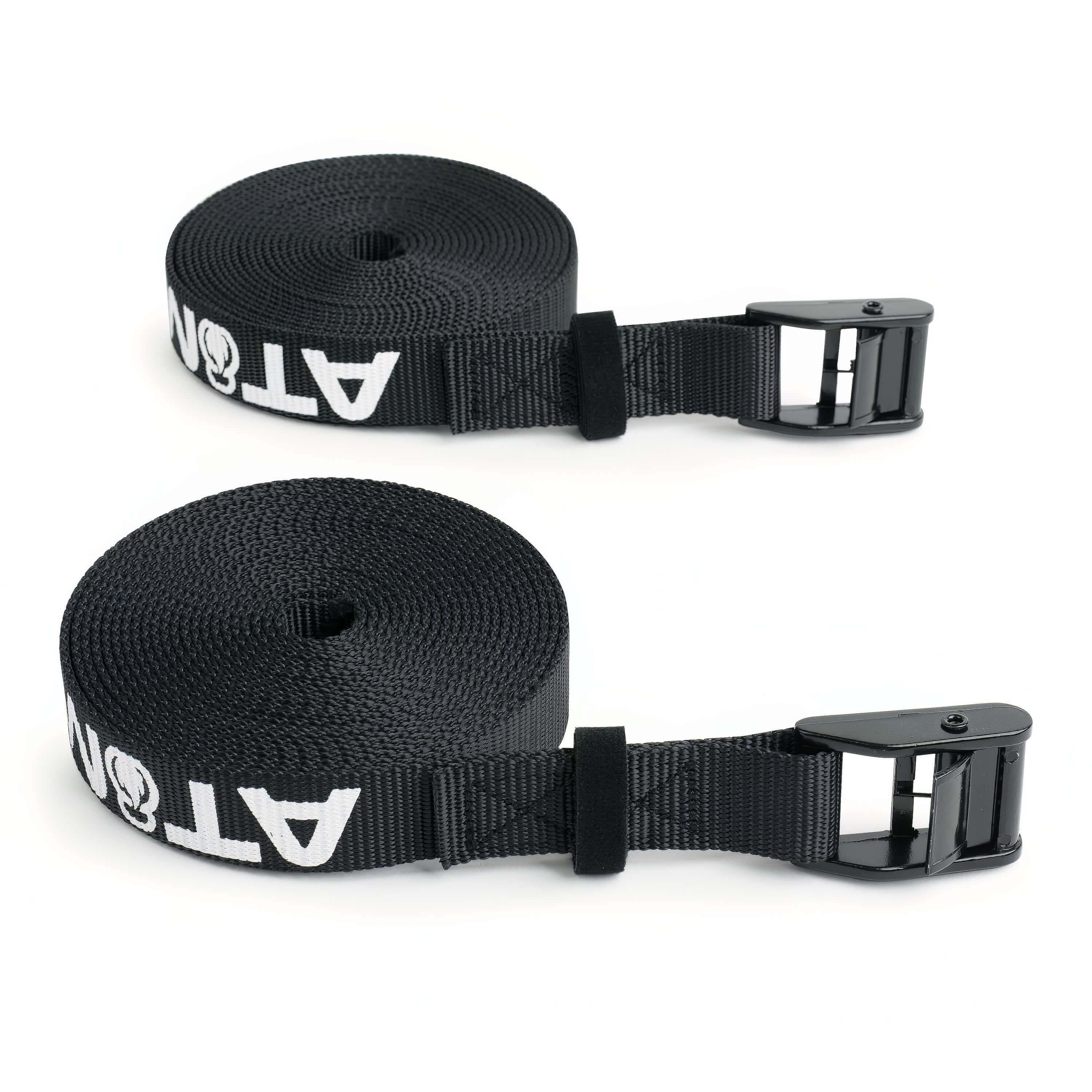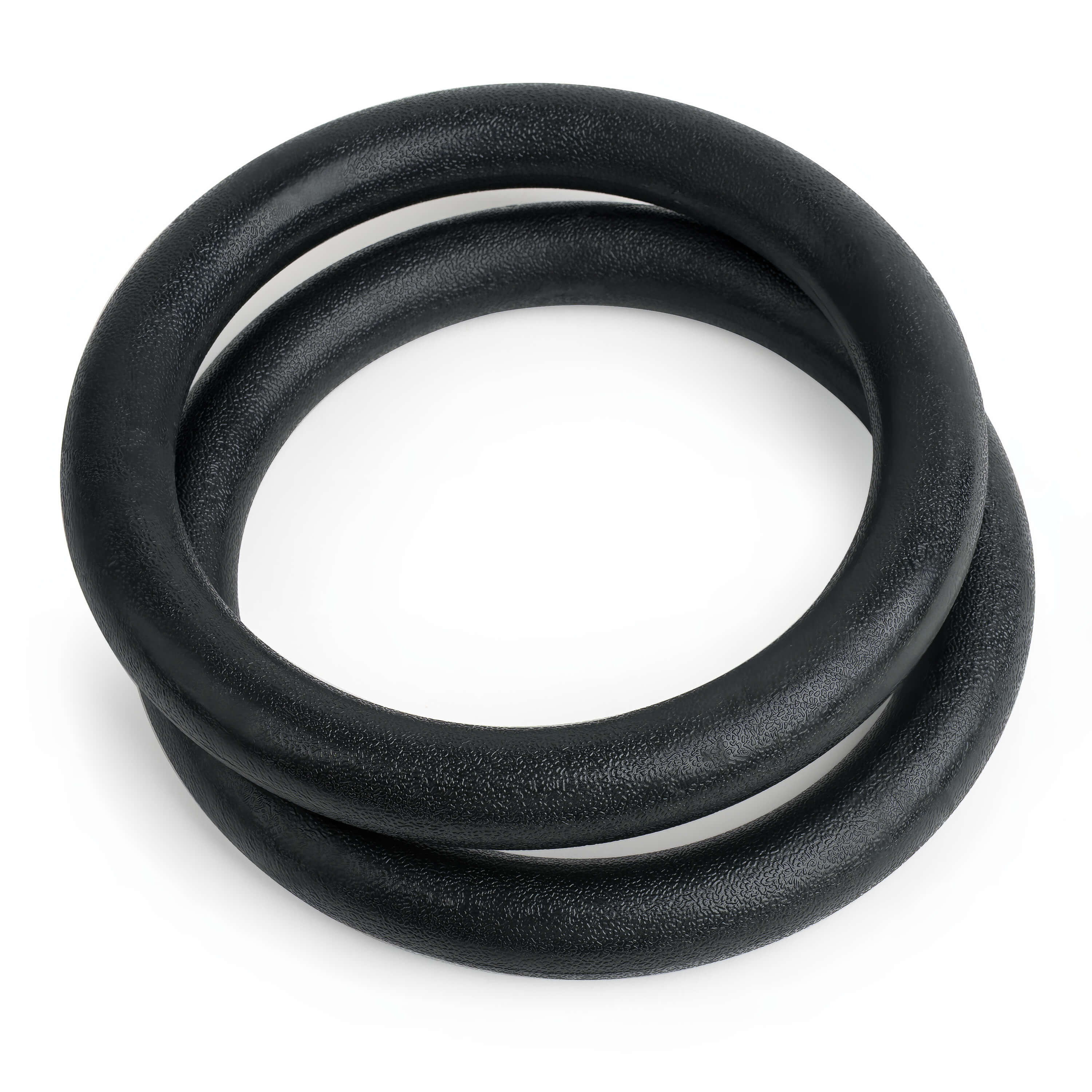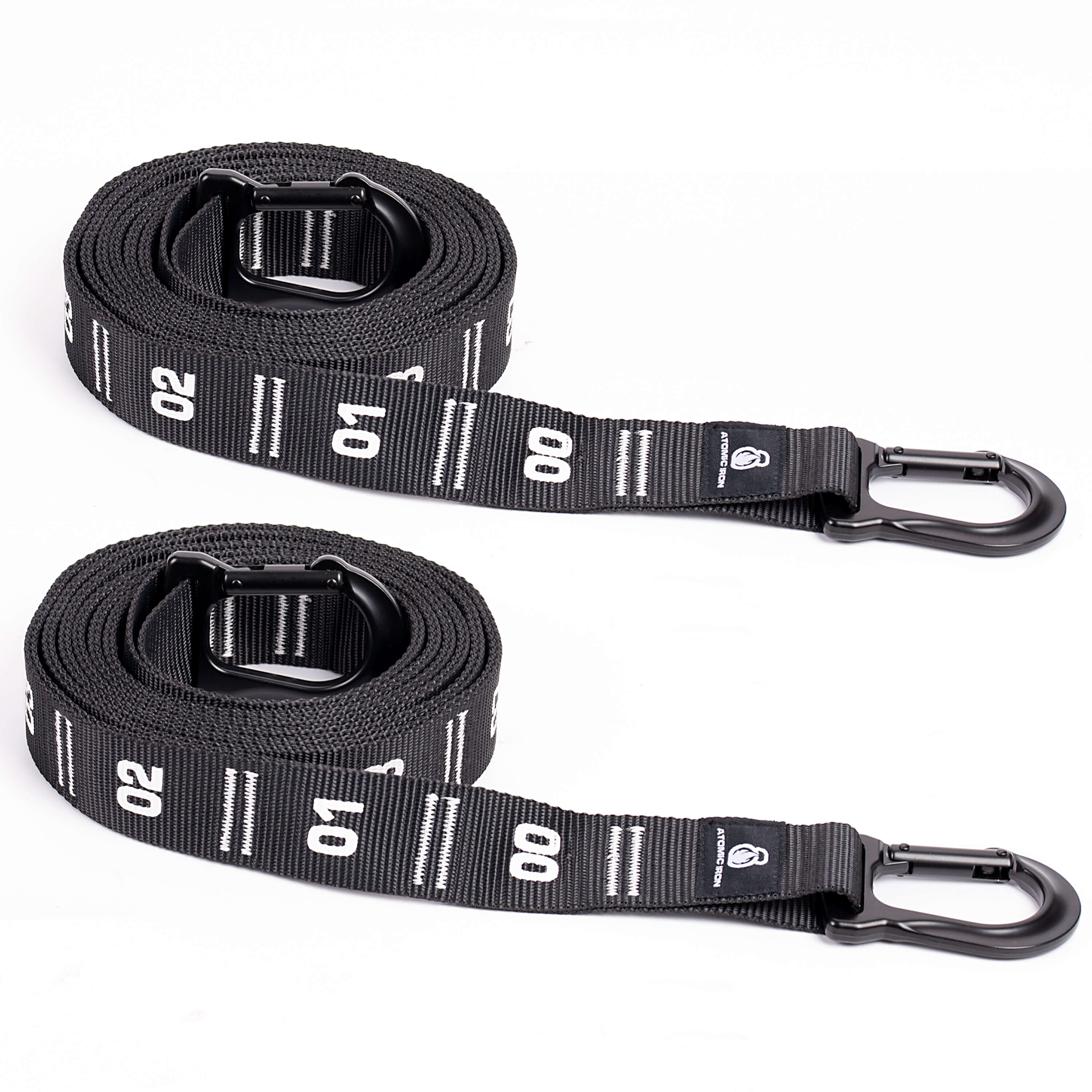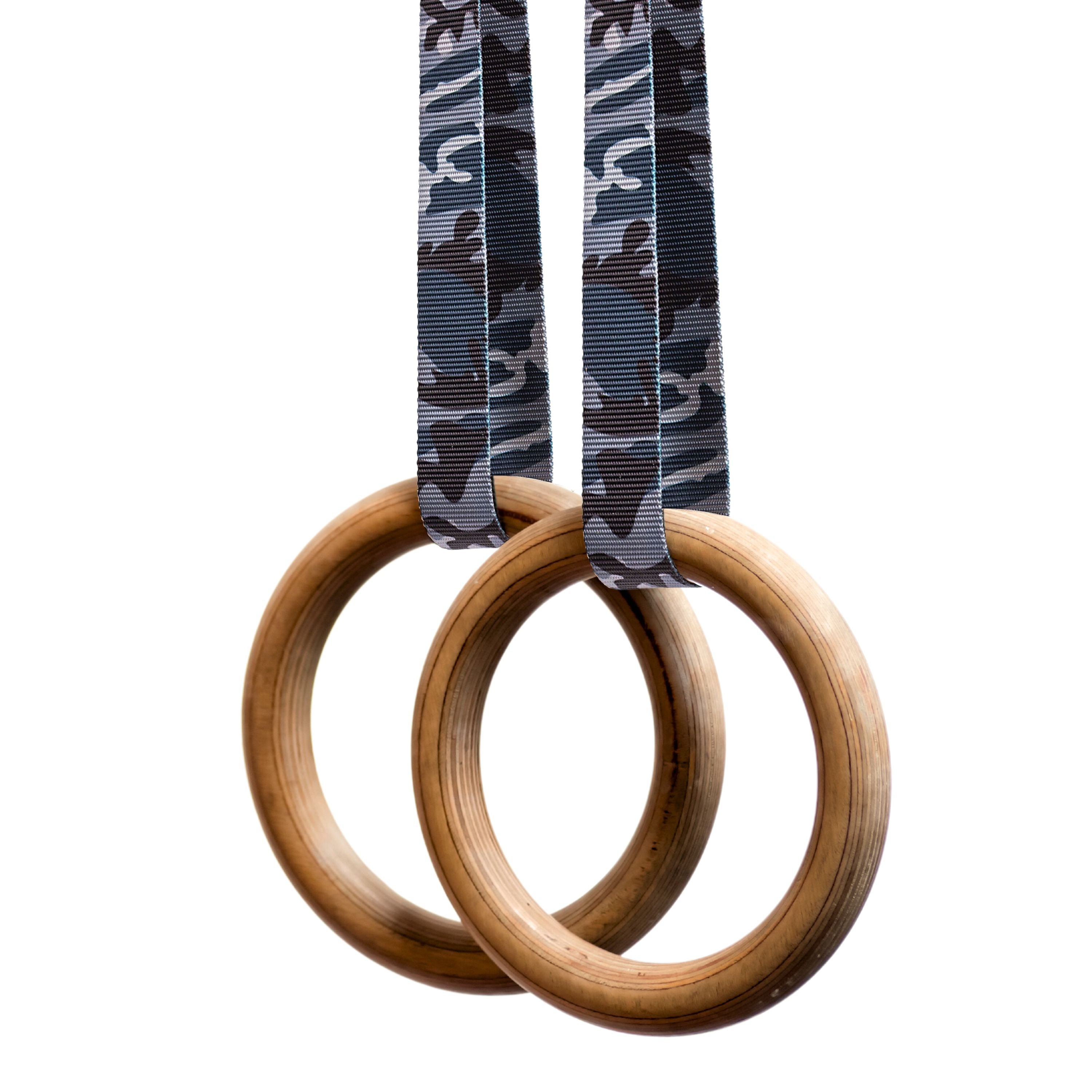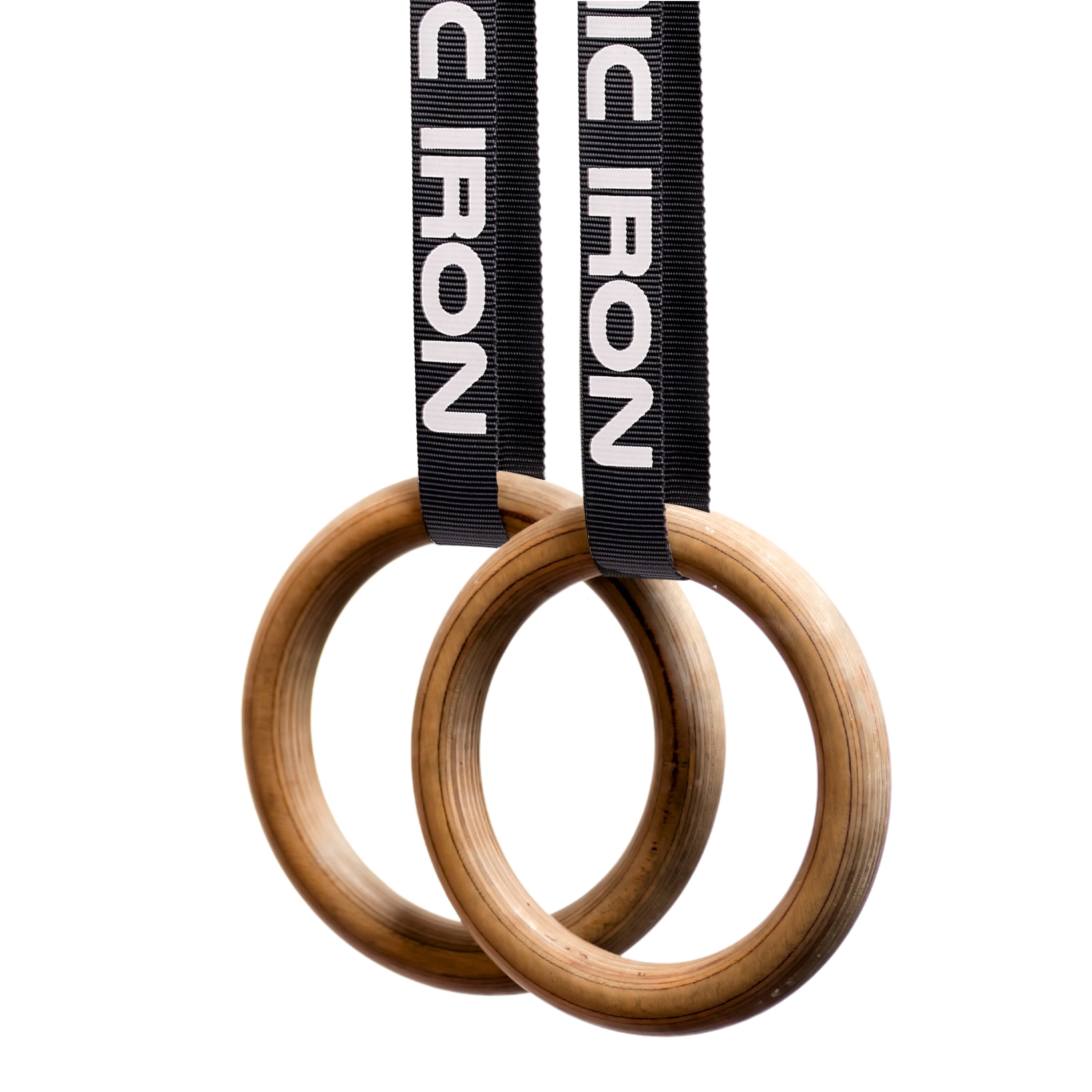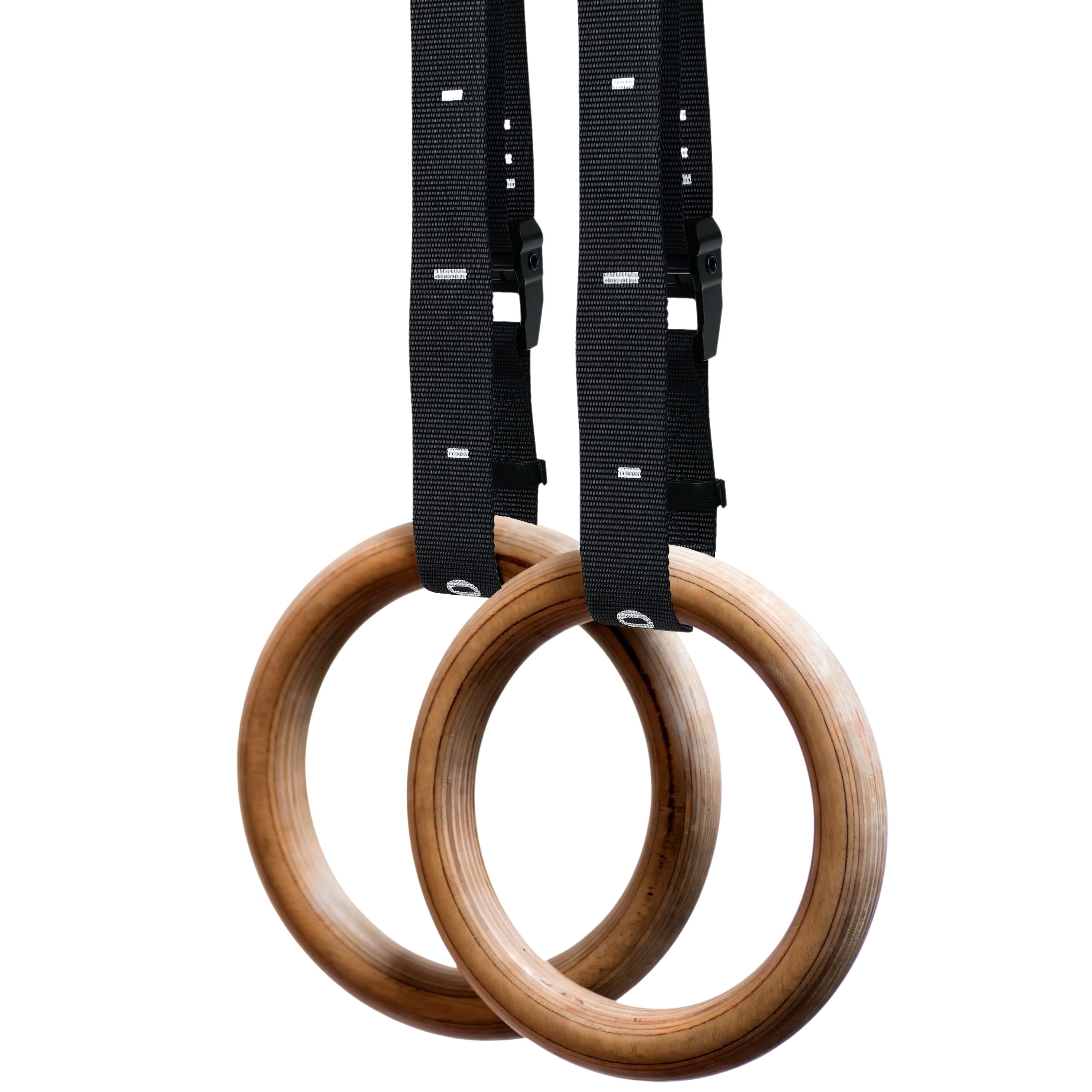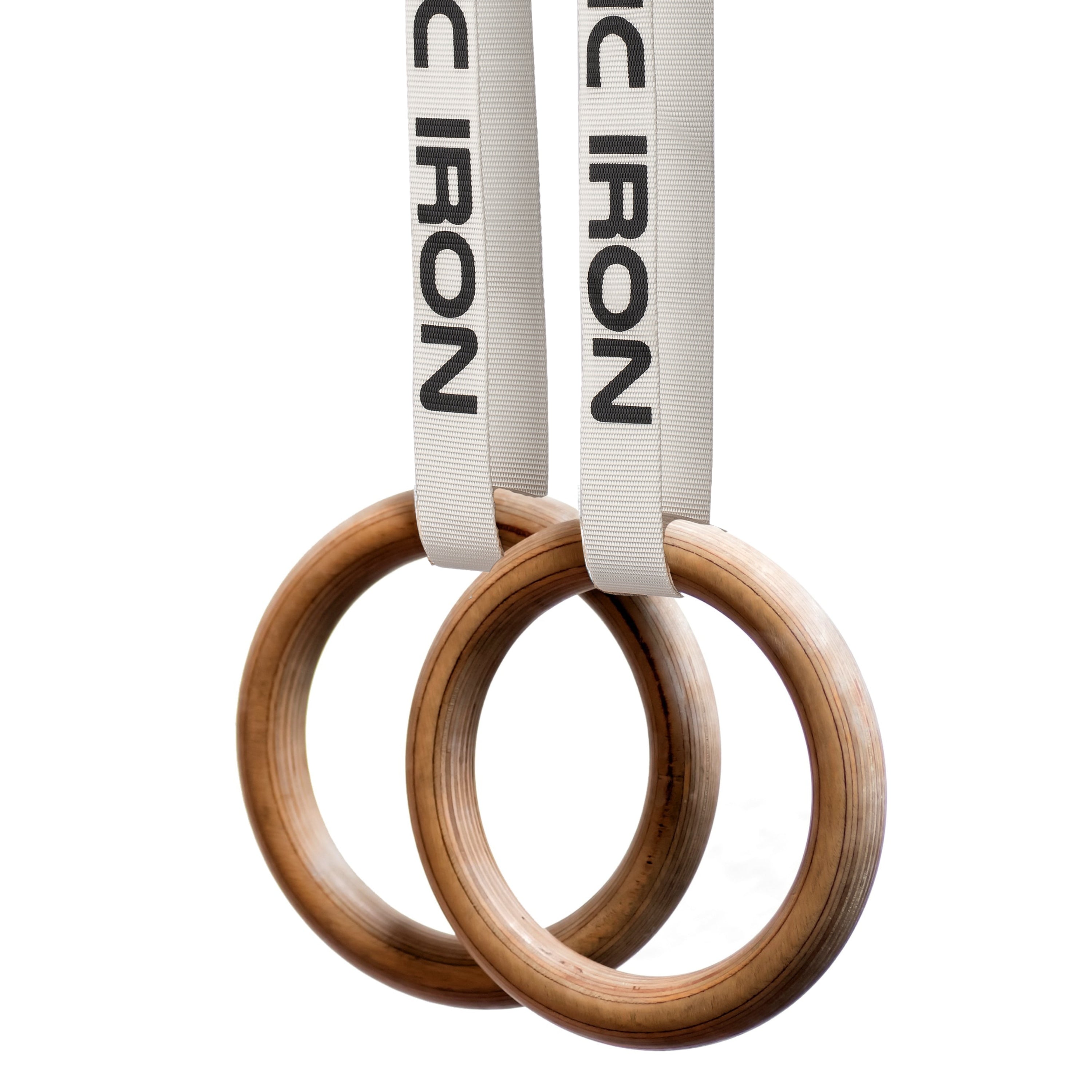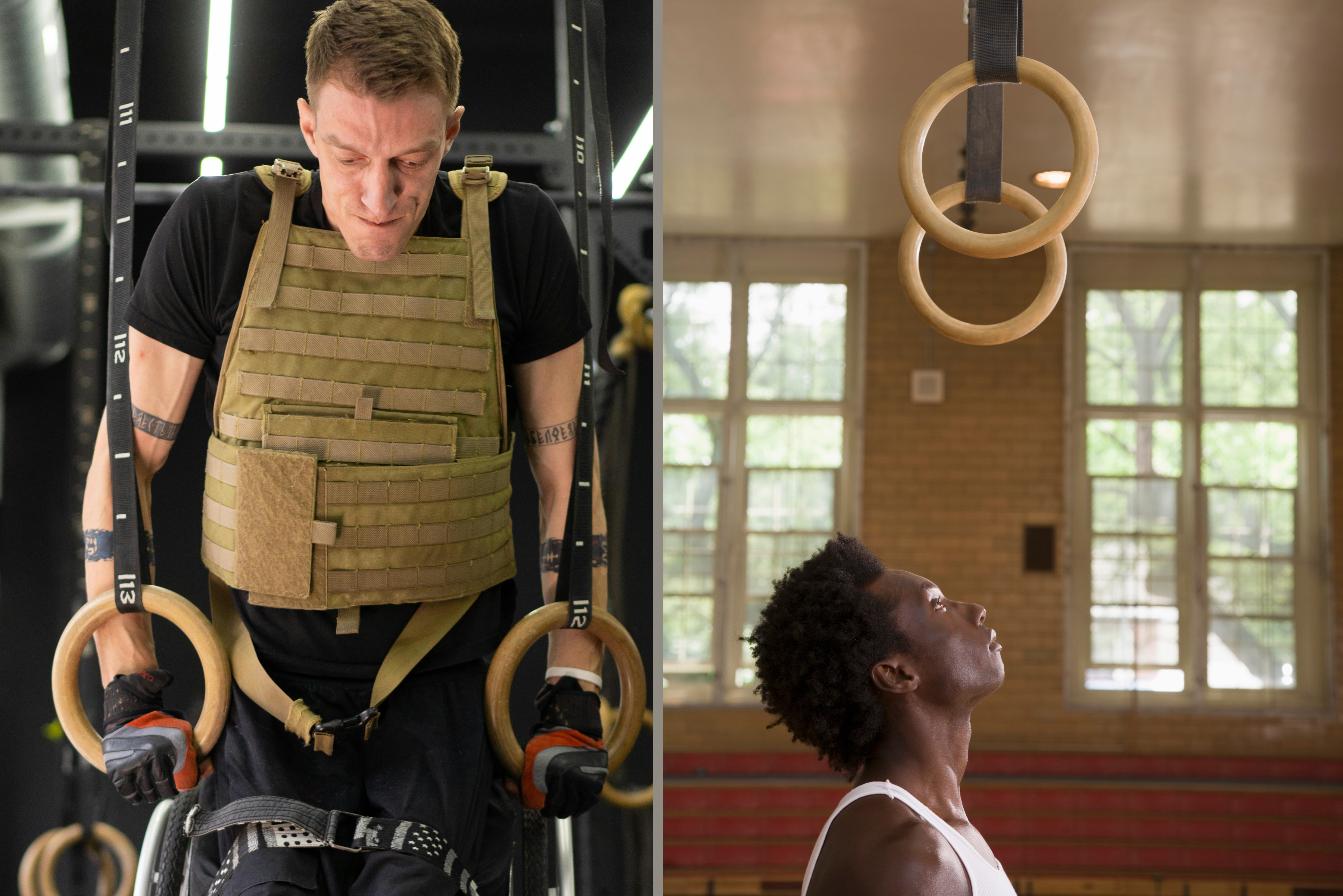6 Science‑Backed Reasons Gymnastic Rings Transform Strength, Mobility & Longevity
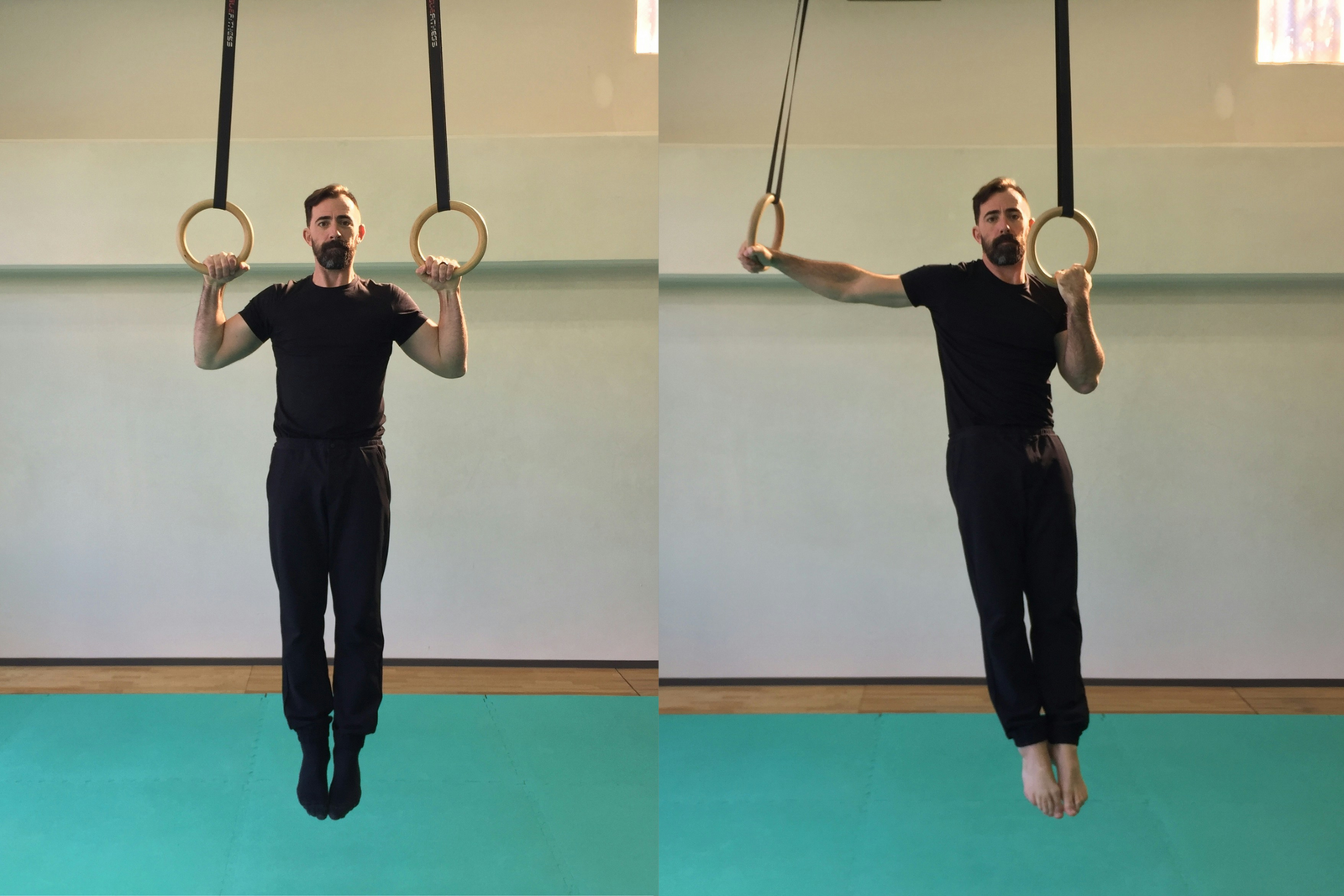
Ever feel like your workouts are missing something? Gymnastic rings are more than just a cool workout, they’re grounded in real science.
1. High Training Load, Coordination & Stability
A 2023 systematic review compiling 37 biomechanical and EMG studies shows that gym rings require exceptionally high training loads, deep stabiliser activation, and strong muscular coordination for elements like the Swallow, Iron Cross, and support scale.
2. Quantified Force Requirements in Holds
A force‑dynamics study of swing‑to‑hold transitions (e.g. to swallow or cross) measured peak forces up to 120% bodyweight, indicating extremely high upper‑body demand during strength holds.
3. Strength Benchmarks for Elite Ring Holds
A June 2021 analysis found that elite athletes require at least ~56% to 94% of bodyweight strength (eccentric or concentric conditioning) to perform static elements like swallow and support scale.

4. Eccentric‑Isokinetic Training Yields Rapid Gains
In one study, elite male gymnasts doing three weeks of slow eccentric (0.1 m/s) training saw +8–9% max strength and +90–120% strength endurance gains on swallow and support scale holds.
5. Unstable Training Boosts Upper‑Body & Core Activation
A 2024 systematic review and meta‑analysis across 86 studies (1,783 participants) found that performing exercises on unstable surfaces—including gym rings—significantly increases EMG activity in upper‑limb and core muscles. This confirms that ring training isn’t just flashy—it’s scientifically proven to engage critical muscle groups more effectively than traditional stable exercises.
6. Biomechanics Inform Safer Technique
Studies analysing ring handstand training and swings demonstrate how ring‑specific biomechanics reduce joint stress and improve technical control, informing safer practice and movement specificity.
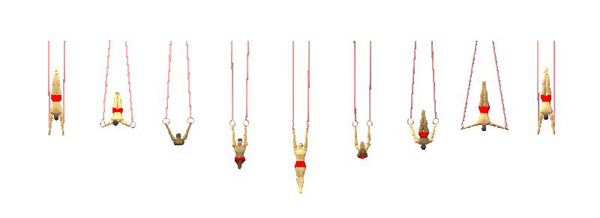
In Summary
These research-grade studies confirm that ring training delivers real strength, neural control, and biomechanical sophistication—not just aesthetic value.
Ring holds like the swallow and support scale aren’t gimmicks—they’re scientifically validated movements that develop functional resilience, motor control, and joint‑friendly strength.







